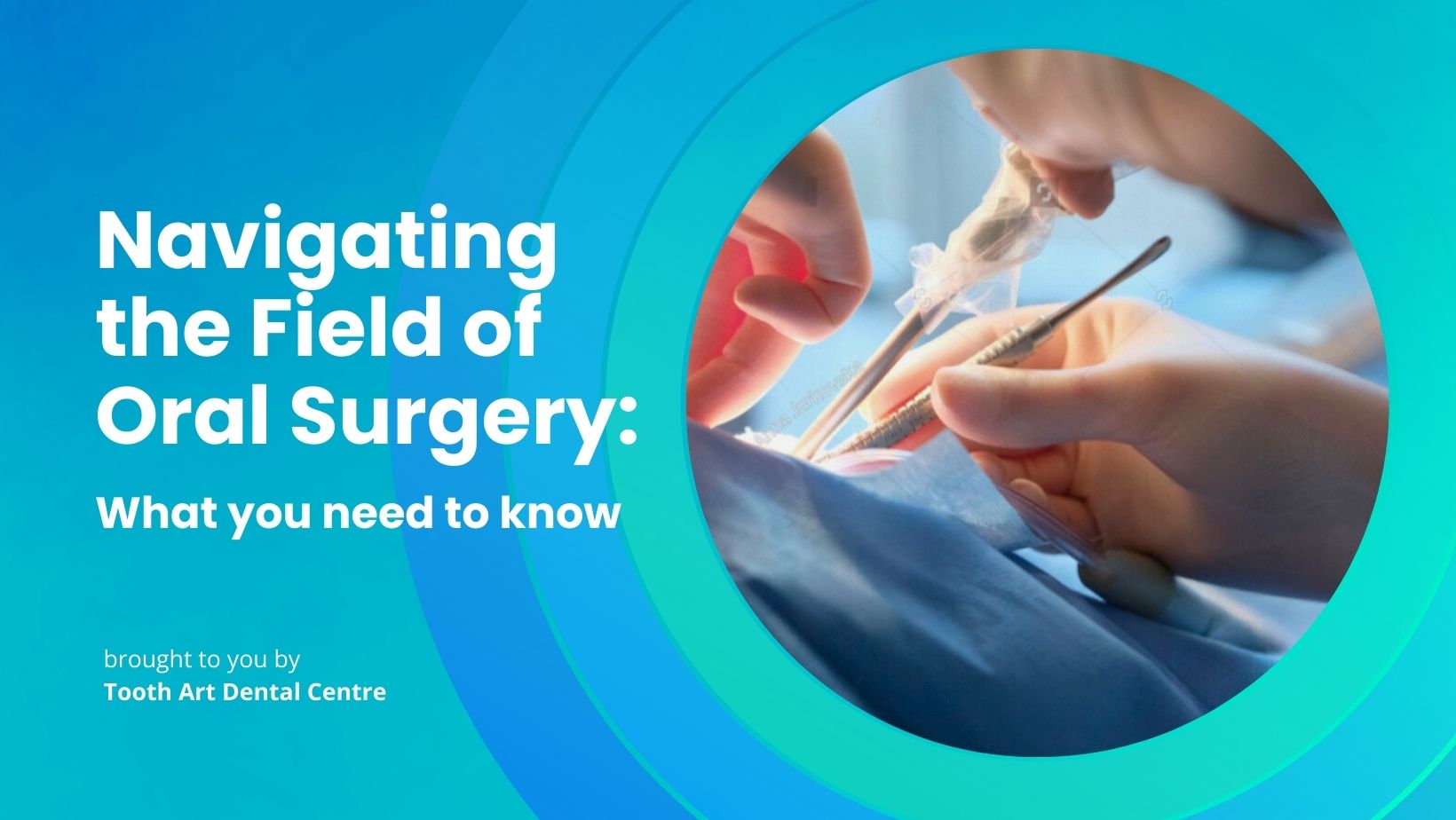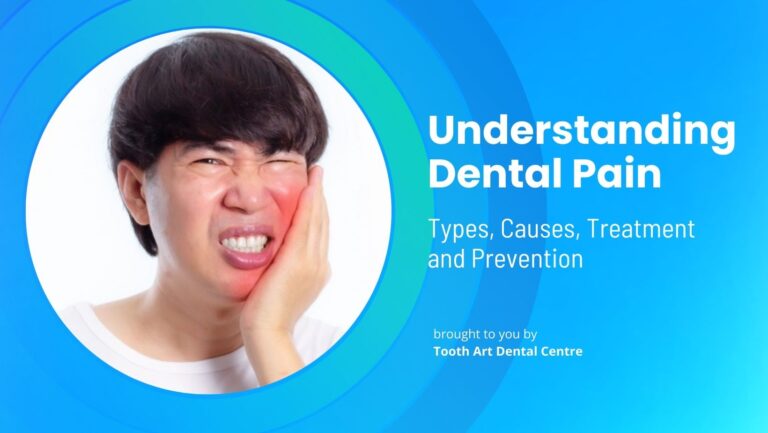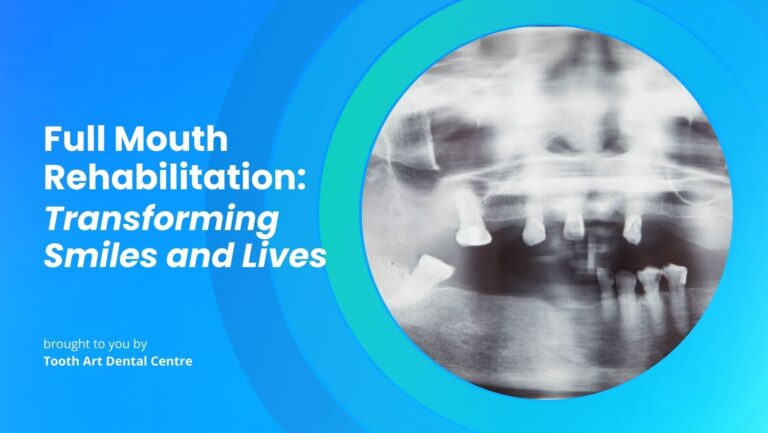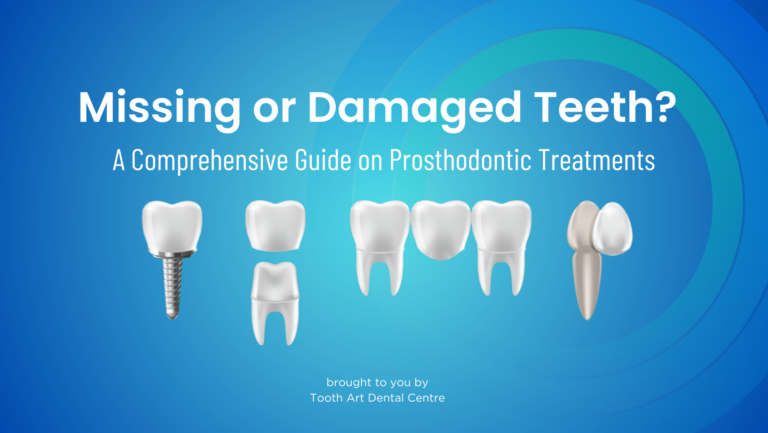Navigating the Field of Oral Surgery: What You Need to Know
When we hear “oral surgery,” we might imagine complex surgical operations in an operating room, addressing serious health issues, which can stir up fear and anxiety. In reality, oral surgery encompasses a broad range of procedures and is commonly needed for various dental problems.
While the thought of oral surgery can be daunting for many, understanding the types and purposes of these surgeries can alleviate fears and prepare patients for what to expect. Oral surgery refers to any surgical procedure performed in or around the mouth and jaw, aimed at rectifying problems related to the mouth, jaws, and teeth.
This article discusses the common types of oral surgeries and their purposes to enlighten and help you approach your dental care with confidence.
1. Tooth Extractions
When a tooth cannot be removed through simple extraction techniques, typically due to its position, condition, or the complexity of the extraction, a surgical tooth extraction becomes necessary. Here are some situations where surgical tooth extraction is necessary:
- Impacted Teeth: This is common with wisdom teeth that have not fully erupted through the gum line or have grown in at an angle and cannot emerge properly.
- Broken Tooth at the Gum Line: If a tooth has broken off at or below the gum line, there might not be enough tooth structure above the gums to grasp with extraction tools, necessitating a surgical approach.
- Complex Root Structure: Some teeth, particularly molars, have roots that are curved or unusually long, making them difficult to remove without surgery. These root complexities are typically identifiable through X-ray imaging, indicating the need for surgical removal.
- Fragile or Cracked Teeth: Teeth that are fragile or have large fillings might break during the extraction, requiring surgery to remove the remaining pieces from the jawbone.
- Orthodontic Treatment Preparation: In some cases, teeth may need to be surgically removed to make space for the remaining teeth to be properly aligned.
- Medical Reasons: Patients with certain medical conditions or undergoing specific treatments might need surgical extractions to prevent complications.
Surgical tooth extractions are performed by oral surgeons or professional dentists, usually under local anesthesia, sedation, or general anesthesia, depending on the complexity of the procedure and the patient’s needs.
2. Dental Implants
Dental implants serve as a contemporary solution for replacing single or multiple missing teeth, offering a modern alternative to traditional dentures. The procedure involves surgically inserting a titanium post into the jawbone, which acts as an artificial root. Once the jawbone heals around the post, a dental prosthetic (crown) is attached. Dental implants effectively improve one’s appearance, bite, and comfort, enhance speech, and offer a durable (long-term) tooth replacement solution.
3. Corrective Jaw Surgery (Orthognathic Surgery)
Orthognathic surgery corrects irregularities of the jaw bones, realigning the jaws and teeth to improve function and appearance. This surgery can be elective or required due to congenital conditions or trauma. Jaw surgery may be recommended for the following:
- Correcting misaligned jaws
- Treating sleep apnea
- Improving biting and chewing efficiency
4. Periodontal Surgery
Periodontal surgery addresses diseases and conditions affecting the gums and structures supporting the teeth. It is needed for restoring damaged gum tissues and reducing gaps in the gum in order to prevent tooth loss. Common periodontal surgeries performed by a periodontist include:
- Gingival Flap Surgery: Involves lifting the gums off the teeth to remove tartar buildup.
- Gum Grafts: Essentially to treat gum recession by grafting tissue from elsewhere in the mouth.
5. Endodontic Surgery
While not typically categorized under oral surgery, endodontic procedures like root canal therapy involve surgical elements. Endodontic surgeries address issues within the tooth, particularly the root canals and nerve tissues. Key procedures include:
- Root Canal Therapy: Removing infected or damaged pulp, cleaning the canal, and sealing it to prevent further infection.
- Endodontic Retreatment: Addressing failures of previous root canal treatments. The dentist may reopen the affected tooth to remove the infected portion surgically and seal the canal with filling again.
6. Apicoectomy (Root End Surgery)
An apicoectomy is necessary when conventional root canal treatment cannot save a tooth. The procedure involves removing the tooth’s root tip (apex) and filling the root to prevent reinfection. Indications for an apicoectomy include persistent infections after root canal therapy and in cases of complex root structures.
7. Oral and Maxillofacial Surgery
Oral & Maxillofacial Surgery is a specialised field of dentistry that focuses on treating various diseases, injuries, and defects in the head, neck, face, jaws, and the hard and soft tissues of the oral (mouth) and maxillofacial (jaws and face) regions. This type of surgery is unique as it requires dual qualification in medicine and dentistry. Common maxillofacial surgeries include:
- Cleft Lip and Palate Repair: Corrects congenital deformities of the lip and palate.
- Facial Trauma Surgery: Involves reconstructing facial features after injury.
Oral and maxillofacial surgery can be complex and demands the skills and experiences of multidisciplinary dental and medical specialists. Conditions that warrant this treatment include:
- Diagnosis and Treatment of Oral Cavity Growth: Early detection and surgical removal of benign dental cysts or cancerous growths in the oral cavity, along with reconstructive surgery.
- Facial Cosmetic Surgery: Procedures like facelifts, rhinoplasties, and eyelid surgeries to enhance facial aesthetics.
- TMJ Disorders: Treating issues related to the temporomandibular joint, including pain and dysfunction.
- Orthognathic Surgery: As previously mentioned, this corrects jaw alignment issues, often in conjunction with orthodontic treatment.
- Reconstructive Surgery: Post-trauma or post-tumor removal surgeries that involve rebuilding the facial structure and jaw.
Complications and Risk Management in Oral Surgery
Like any surgical procedure, oral surgeries carry risks. Common complications can include infection, nerve damage, and prolonged bleeding. Patients must be informed about potential risks and signs to watch for post-surgery. Surgeons manage these risks by following strict procedural guidelines and providing comprehensive aftercare instructions.
The Role of Technology in Modern Oral Surgery
Advancements in technology have significantly impacted the field of oral surgery. Innovations like 3D imaging, laser surgery and computer-guided surgical techniques have enhanced precision, reduced recovery times, and improved patient outcomes. These technologies also assist in complex procedures, making surgeries that were once highly invasive, more accessible and safer.
The future of oral surgery is likely to see even greater integration of technology, with potential developments in areas like robotic surgery and bioprinting of tissues. Research is also ongoing in fields like gene therapy and stem cell research, which could revolutionise how oral conditions are treated.
Conclusion
Oral surgery is a multifaceted field, addressing a range of conditions from tooth extractions to complex reconstructive surgeries. Understanding these various types of oral surgeries not only helps patients in making informed decisions but also highlights the field’s crucial role in enhancing overall health and wellbeing.
At Tooth Art Dental Centre, our team of multidisciplinary dental specialists are committed to delivering comprehensive dental care for our patients. We are also an accredited dental practice for Medisave (applicable for surgical dental procedures), CHAS and Baby Bonus schemes.
Have an oral surgery need but feeling apprehensive? Schedule a consultation for a proper diagnosis and treatment plan.
Note: This article is intended for informational purposes only and does not substitute for professional medical advice. Individuals experiencing health concerns should consult with healthcare professionals for proper diagnosis and treatment plans.







